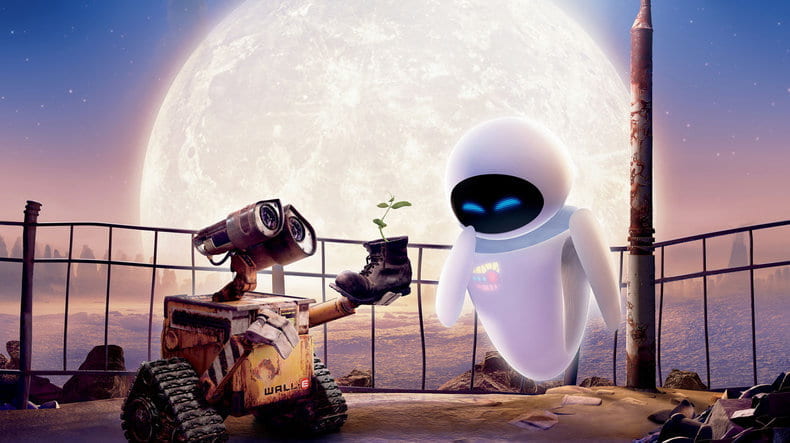Disney Reveals Robot With Radical Emotional Design

Disney brought an adorable, emotive robot to the 2023 IEEE/RSJ International Conference on Intelligent Robots and Systems (IROS) in Detroit last week. According to IEEE.org, the robot has yet to be named, but it certainly has a personality of its own.
The Disney robot is part of its cutting-edge, reinforcement learning-based pipeline
With its tiny body, expressive tilting and bobbing of its head, two wiggly antennae, and short, stubby little legs, the new Disney robot moves and responds to its surrounding environment unlike any other before it.
According to the research team led by Moritz Bacher in Zurich, the robot is important to the future of Disney’s robotic program due to its cutting-edge, reinforcement learning-based pipeline.
The distinct build and programming of the robot enable animators to more adequately design their visions while still accounting for real-world constraints. During his presentation at the conference, Moritz Bacher pointed out that the development of the new system has significantly sped up the team’s ability to develop new robotic characters.
The new Disney robot is made from mostly 3D printed pieces and uses modular hardware and actuators that make it a speedy design.
Where one robot might have taken a year to develop such animated characteristics, his team is able to develop the same capabilities in mere months. The new Disney robot is made from mostly 3D printed pieces and uses modular hardware and actuators that make it a speedy design.
The robot’s head is able to move to look up, down, around, and tilt from side to side. The legs have even more functionality, as they are designed with a five-degree-of-freedom movement capability with hip joints that give the robot the ability to walk on varying surfaces and balance as it encounters new obstacles.
Morgan Pope, another piece of the Disney robot design team, talked about how most roboticists focus their efforts on designing a robot that can walk reliably, while Disney robot designers have to design a robot that can “strut, prance, sneak, trot, or meander” along its path.
Designing and programming robots that move in humanistic ways is not a new science to the world of Disney. After all, the animatronic Hall of Presidents has been an ongoing exhibit in Disney World for more than 50 years.
The Disney robot can move autonomously and display emotion in movement all while adapting to the constraints of gravity, balance, friction, etc
The challenge for this specific design team was to build a robot that could move autonomously and display emotion in movement all while adapting to the constraints of gravity, balance, friction, etc. After the presentation from the Disney robot design team of Moritz Bacher, Georg Wiedebach, Michael Hopkins, Ruben Grandia, and Morgan Pope, the world saw that they had succeeded in meeting that challenge.
Bacher went on in the presentation to explain that the programming created for this robot is not specific to one set of hardware. Meaning, that the team can add legs, and arms, or even build a whole new robot with an entirely different morphology, and the programming will allow the builders to quickly teach it new behaviors.
Georg Wiedeback, senior research and design Imagineer at Disney spoke on how important it is for robots to possess the ability to communicate emotion and intent to humans in some real-world applications. For instance, if you’re talking to a robot in a healthcare setting, it would be nice to be met with what looks like empathy and care.
While Disney isn’t ready to drop a name on its new robot to preserve potential future on-screen appearances, you might be able to guess where this little guy might fit into plans for a new movie. Keep your eye out in the near future for this Disney robot and possibly many more to come.












